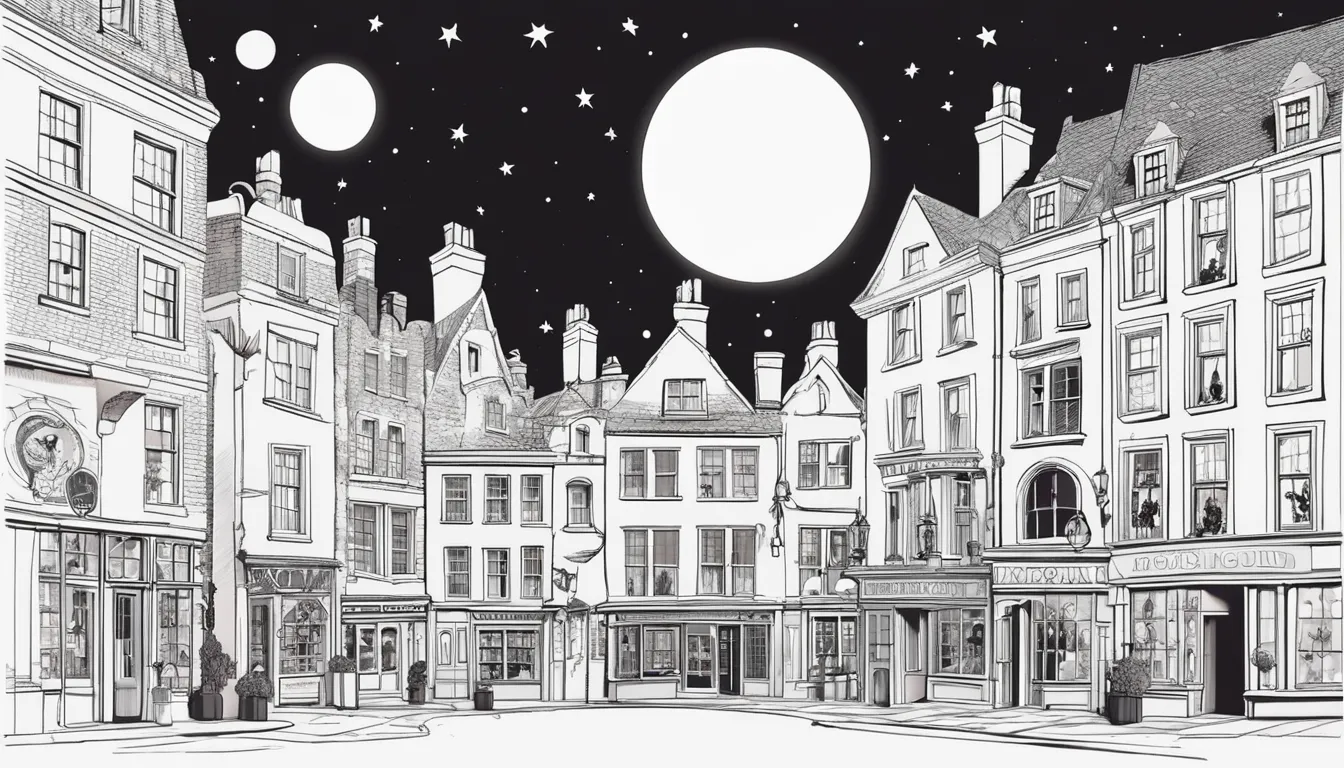As you think about your favorite animated films and TV shows, you likely remember the worlds they transported you to – be it a futuristic city, a magical realm, or a fantastical landscape. Animation studios are the masterminds behind these immersive environments, combining artistry and technical expertise to bring their vision to life. But have you ever wondered how they create these captivating worlds, and what techniques they use to draw you in and keep you invested in the story? The process is complex, and it’s only the beginning of a fascinating journey into the art of world-building.
Creating Immersive Storytelling Environments
Most animation studios focus on crafting immersive storytelling environments that transport viewers to new worlds and evoke powerful emotions. As you experience these environments, you’re likely to forget that they’re entirely fictional. You’ll be drawn into the world of the story, invested in the characters and their struggles.
When creating these environments, you’ll notice that every detail matters. From the architecture to the lighting, each element contributes to the overall atmosphere and mood of the scene.
Animation studios achieve this level of immersion through a combination of artistic vision, technical expertise, and attention to detail.
The environments you see on screen are the result of careful planning and research. Studios often draw inspiration from real-world locations, mythological landscapes, or historical events to create unique and captivating worlds.
The Animation Production Process
As you step behind the scenes of an animation studio, you’ll find yourself in the midst of a complex process that transforms initial concepts into captivating visuals. This process, known as the animation production process, is a multi-stage journey that requires careful planning, execution, and collaboration among various teams.
The production process typically begins with pre-production, where you’ll develop your concept, script, and storyboard. You’ll also create character designs, backgrounds, and props, and plan the overall pacing and timing of your animation.
Once you’ve finalized your pre-production elements, you’ll move on to production, where you’ll start animating your scenes using various techniques, such as hand-drawn animation, computer-generated imagery (CGI), or stop-motion.
During production, you’ll work closely with animators, directors, and producers to ensure that your visuals meet the desired quality and style.
You’ll also review and revise your work, making any necessary changes to ensure that your animation is engaging and polished.
World Building Techniques and Tools
What makes a fictional world truly immersive and believable? As an animation studio, you know that it’s not just about creating visually stunning environments, but also about crafting a rich and detailed world that audiences can lose themselves in.
World building is a crucial part of the animation process, and it requires a combination of creativity, research, and technical expertise.
There are several techniques and tools that you can use to build a believable world. Here are a few key ones to consider:
- Establish a clear visual style: Develop a consistent visual aesthetic that reflects the tone and mood of your world.
- Create a detailed history: Develop a rich backstory for your world, including its geography, climate, and cultural heritage.
- Design engaging characters: Create characters that are deeply rooted in your world, with their own motivations, desires, and conflicts.
- Use reference and research: Draw inspiration from real-world cultures, histories, and environments to add depth and authenticity to your world.
Collaborative Story Development Methods
When building a rich and immersive world, you’re not just creating a backdrop for your story – you’re crafting a living, breathing entity that informs and enriches every aspect of your narrative.
To achieve this, b2b animation production studios employ collaborative story development methods that bring writers, directors, and designers together to shape the world and its story. This collaborative approach allows for a free exchange of ideas and expertise, ensuring that the world-building process is informed by multiple perspectives.
One key method is the use of writers’ rooms, where writers and showrunners work together to develop the story and world. This approach encourages a high degree of collaboration and allows for the development of complex, nuanced storylines.
Another method is the use of cross-functional teams, where designers, writers, and directors work together to develop key aspects of the world, such as characters, environments, and props. By working together, these teams can create a cohesive and immersive world that’s rich in detail and depth.
Bringing Vision to Life Onscreen
With a rich and immersive world in place, the next step is to bring this vision to life onscreen.
You’ll work closely with the animation studio to turn your concept into a tangible reality. This process involves a combination of creative vision and technical expertise.
The studio’s team of artists, animators, and technicians will use their skills to breathe life into your world, creating characters, environments, and special effects that transport your audience to a new and imaginative place.
To achieve this, the studio will employ a range of techniques, including:
- Storyboarding: Developing a visual representation of the narrative to plan out pacing, camera angles, and character movement.
- Character Design: Creating detailed designs for each character, including their appearance, personality, and backstory.
- Environment Building: Constructing immersive environments that bring your world to life, from lush landscapes to intricate cityscapes.
- Visual Effects: Adding special effects, such as CGI, lighting, and texture, to enhance the visual impact of your world and create a truly cinematic experience.
Conclusion
You’ve seen how animation studios create captivating worlds that transport you to new and imaginative places. By combining artistic vision, technical expertise, and attention to detail, they bring immersive storytelling environments to life. With a deep understanding of the animation production process, world-building techniques, and collaborative development methods, you can now appreciate the magic that happens behind the scenes. As you watch your favorite films and shows, you’ll see the world of animation in a whole new light.

